Agenda design 101: how to craft a successful agenda design
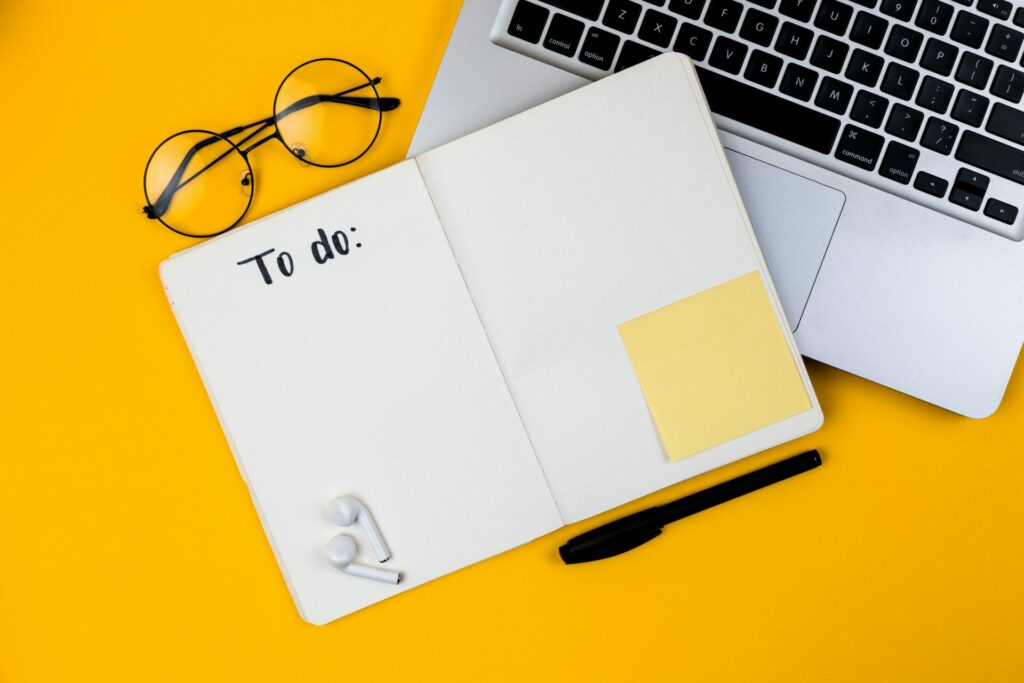
So, you’ve decided to convene a workshop, a special time set aside to work with a team on a certain topic or project. You are looking for brilliant ideas, new solutions and, of course, great participation.
To begin the process that will get you to workshop success, you’ll need three ingredients: participants willing to join, someone to facilitate and guide them through the process (aka, you) and a detailed agenda or schedule of the activities you’ve planned. In this article we will focus on that last point: what makes a good agenda design?
Having a good agenda is essential to ensure your workshops are well prepared and you can lead the group with confidence. A good plan is key for personal and team preparation, and to achieving the outcomes you aim for. In the next pages we will look at the key elements of successful workshop design.
Read on to learn more about:
What makes a successful agenda?
A lot of preparation goes into creating a great agenda design. In fact, there is a commonly quoted rule of thumb that says it takes at least twice the time to create a workshop design than to deliver a workshop (and that is not including the rest of the preparation work!). That means if you are setting out to host or facilitate a 2-hour workshop, it is likely to take you at least 4 hours just to craft the workshop’s schedule.
So, if it takes quite a lot of work and effort to design a workshop agenda, that begs the question: what should you be doing with all that time? Long before you actually meet the workshop’s participants, you’ll be at your desk (or sitting on the floor surrounded by a mess of sticky notes and markers) using your foresight, experience and imagination to create the best possible plan for your participants.
Before we go into our top tips on what to include in your plan to design for success, let’s spend a few words clarifying what we mean by a “successful workshop” in the first place. We could say a workshop is a bit like cooking: you put a bunch of ingredients in, run them through a series of steps and obtain something new, changed and transformed (hopefully, in a tasty direction).
A workshop is a process of change, so a successful workshop will be one in which participants have undergone some kind of change, big or small. At the end of the workshop, everyone in the group will have learned something, or be on the way to transforming something in the organization, team or project. Other elements of a successful workshop design include:
- Coherence: participants feel that what they did made sense and was directed to achieving a set goal;
- Enjoyment: working together can be challenging and facilitation is not all about “good vibes”. Experiences such as navigating a conflict or raising difficult topics may not be fun per se, but the overall feeling should be a positive sense of energies unblocked, relationships strengthened, having been heard and seen;
- Effectiveness: whether you have set out to choose five new product features in a design team, welcome rookie team members to a company, or decide what the renovated neighborhood playground should look like in an urban planning workshop, the task is done, or at least some tangible steps forward have been taken.
In order to assess a design’s effectiveness you will need a target to evaluate it by. Therefore, before you start to work on your design you will need to have clarity about your desired outputs.
What do aim to get done by the end of the allotted time? Can you describe the purpose of your workshop in one sentence? Desired outputs can be tangible, such as creating a plan of activities for the next business quarter, or intangible, such as improving relationships between the staff of two institutions working on a shared project.
Workshops can be about many, disparate things. Being able to describe your purpose in one sentence will be immensely helpful in communicating with clients, hosts, participants and, before all that, in preparing your workshop agenda.
Why is agenda design important?
A workshop agenda is only one of many things required for preparing and designing a workshop (for more on that, see our step-by-step guide). The output of this part of a facilitator’s work is not the actual event: it’s the event’s schedule.
There are many good reasons to want a well-crafted agenda ready well ahead of time. Some of these include:
- Ensuring you reach your goals. A workshop is much more than a bunch of unrelated activities, no matter how fun or insightful those activities are. With an agenda designed, you can put those activities in a coherent order, mapping the journey you will guide your participants through to get where you want to go.
- Getting buy-in from clients. Once there is a design to pore over and discuss, the future workshop really begins to come to life in the team’s mind. The earlier you have even just a draft plan, the more time you will have to get your clients’ comments and integrate them into the design until it works for all of you.
- Organising your own work. Even seasoned, experienced facilitators who may have run similar events dozens of times still need an agenda in order to look ahead and see what needs to be done. While creating the schedule you might realise you need to do some extra research on a certain topic, for example, or review the steps of an activity you intend to run.
- Organizing your team’s work. A shared agenda is indispensable whenever you need to coordinate with other people who might be involved in the workshop in different roles. Say you are going to bring a speaker in: they will want to know, at the very least, what time they should start their presentation, and how long it will last. If you are sharing facilitation duties with others, a shared agenda is where you can mark down who will be doing what, which is essential to prevent misunderstandings and work together with confidence.
- Discovering what materials you will need. By going through activities in a clear design, you’ll quickly see what materials, handouts, or presentations you need to have ready by the time the workshop begins. Personally, this is one of my top reasons for preparing agenda designs as early as I can. I am quite slow with creating materials and presentations and want ample time to do that in!
- Picking the right activities for the time you have. As we will see, agenda design often starts by setting clear boundaries. What time does the workshop start and end? When is the lunch break? This will limit your choices of what activities and processes to use; you will have to make sensible decisions based on the time you actually have.
- Getting participants on board. Sharing a rough agenda for the day with participants at the start of a workshop is commonly done in order to support a sense of safety and trust, and to share ownership over the workshops’ success, at least in part.
And what about improvisation, you may be thinking at this point, and the flexibility facilitators are famed for?
One way of seeing this is that having a good agenda design is not something that hinders improvisation but rather a great scaffolding to dance upon. If the scaffolding is solid enough, it should allow for changes, but let you keep track of what is important to cover, what the direction you are aiming to go in is, and when you should wrap up activities, even if they are not the ones you had originally planned for.
As you may have noticed, there are actually four different possible recipients of an agenda design: yourself, your client/host(s), your facilitation team, and your participants. All these agenda designs might look exactly the same, but probably they will not. Here are some of the ways different workshop designs (for the same workshop!) might work better for different types of recipients.
Having a workshop design for yourself
If you are going to be the only person looking at the agenda design, you are likely to use your own shorthand and personal notes. Only you need to understand what this is about and you likely have your own method of turning initial thoughts into a coherent meeting.
A good tip here is to be nice to yourself in the future, and make your notes clear enough for you to understand four years from now, when suddenly a participant calls you back to say they have become leaders of their own NGO and would like to repeat a similar workshop to the one you held back then. Organised notes and agendas will save you hours of work later!
Sharing the agenda design with your team
A workshop design to share with your facilitation team, which could include co-facilitators or assistants, must be clear and legible to people other than yourself. The less you have already worked together, the more detailed your agenda will have to be, to the point where some workshop agendas read like movie scripts. A shared design must certainly include information on who will be doing what, so that your team can be prepared to take on the right roles at the right time.
In designing online workshops, for example, it’s common practice to have one person create breakout rooms in the background, while the other is introducing the exercise. Having this noted down in the shared agenda design will ensure technical work gets done quietly in the background and everything is ready in time.
I learned the ropes of facilitation as a trainer for a bottom-up citizen organization where we had a standard format for workshops. The template was for a two-day, highly participatory design, and was always led by two people. Pairings might vary as we had quite a few people in the training pool, so it really helped to have a shared agenda where we would each write which parts of the workshop we would prefer to be responsible for, and take turns with clarity.
A workshop design for clients
The agenda you share with clients is likely to be different from your personal one. Clients don’t need to know ahead of time, word-by-word, what you will be saying, nor read your notes-to-self about what you should pay attention to. A client will probably prefer a simplified, lean design that clearly shows the objectives of each activity and how you plan to achieve them.
Sharing your plan with participants
Lastly, you are likely to want to share a high-level agenda with participants at some point, either before the workshop or in your introduction. Participants at this point will not need to know everything that is in your plan, but it is common practice to share a general overview, as well as the planned time for breaks and for the workshop to end.
This is a slightly contentious point, as many facilitators prefer to leave room for changes and improvisation, so you can also consider it a valid option and not a hard necessity. Personally, I always share a general agenda at the start of my workshops and meetings, as in my experience this makes people feel safer and more mentally prepared. I also will generally say something along the lines of “This is the plan I’ve made, but it might change as we go. I will still make sure we get a 15-minute break, although it might not be exactly at 11 sharp, and we will certainly end on time.”
You can create all four different types of schedules from the same matrix, by hiding or showing information to different people. If that sounds like a lot of hassle (and it is), you might want to try SessionLab’s planner, which has features designed to help you do all the above: keep your projects organized for yourself, share the with co-facilitators, and create and print overviews, at different levels of detail, for clients and participants.
Whether you are designing for yourself only, or plan to share your notes with clients, team members and participants, there are some things you will absolutely need to include in a workshop agenda design.
We will cover these next, followed by some nice-to-have elements that may not be absolutely necessary but could make your design even better. Lastly, we will look into some extra ideas you might want to try, especially if you already have experience with agenda design and want to take the next step and experiment with something new to make your designs memorable and stand out from the crowd.
Basic elements of agenda design
Now that you know who and what an agenda design is for, let’s go through the basic building blocks it should absolutely include. These are the essential elements of a workshop design.
To help you out with the process, here is an agenda design canvas you can use to kick-start your process.
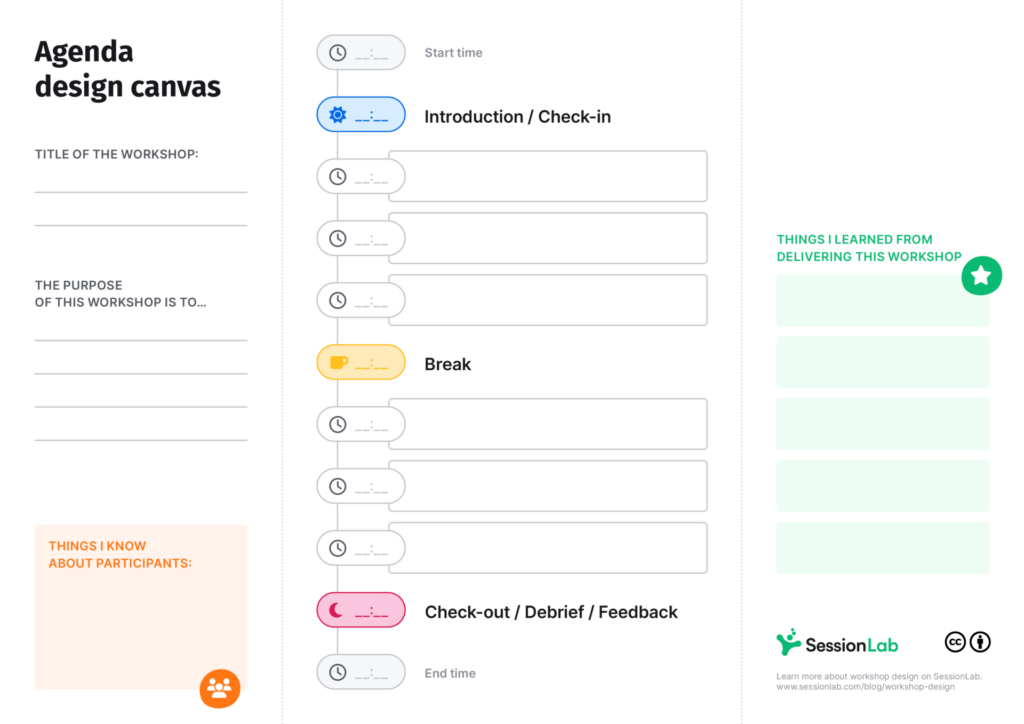
As you can see from the illustration, at the bare minimum your agenda design needs to include the following information:
- A title that should be enticing and memorable for participants. Your session’s title should also be clear enough to make it easy for you to find the session when you look for it in the future.
- One or more clear objective(s). A short description of what the workshop is for, what the desired outcome or learning goal is and what action items you’ll work through.
- A general description of the session. Key information that will guide the rest of your plan should be noted somewhere prominent. This will probably include
- some information about participants (e.g. ‘6 people from the customer care team’; or ’24 high school students’, and so on) and
- an indication of the location (Is the session in person? Online? Hybrid? Do you have a flexible set-up of chairs and tables or is it a lecture hall?).
- A skeleton agenda. As with any good story, once you have a beginning, an ending and a middle part, you are well on your way. Start with these fixed elements and work from there:
- A starting time. When will you start welcoming participants? And when does the workshop actually begin?
- An introduction section that can include a presentation of the workshop, of yourself if participants do not know you, some sort of icebreaker or check-in;
- One or two main, core activities you are confident will help you and the group reach your goals, and the timing for them;
- Scheduled breaks;
- A closing section that might include a debrief, feedback on the workshop, a recap of next steps;
- An ending time.
There are a lot of extra bits and frills you can add, but if you’ve got these basics covered then congratulations: you have a workshop design!
Given that we are not just talking about any workshop here, two more points come to mind as essential for a workshop design to be successful:
- A mix of individual, paired, small group and plenary activities – maybe not all, but at least two of these. Changing the type of activity is part of what keeps workshops engaging and ensures your goals of having an enjoyable and effective workshop are met.
- Rest, celebration and reflection after. This is so essential to facilitators’ well-being and learning process that I suggest putting a note about it in the agenda itself, at least in the version you will be using for yourself or your team. I often work in a team of four co-facilitators, and we usually include in the agenda a slot for “team debrief, chat and celebration” after the official workshop ending time. Location: the closest pub or café.
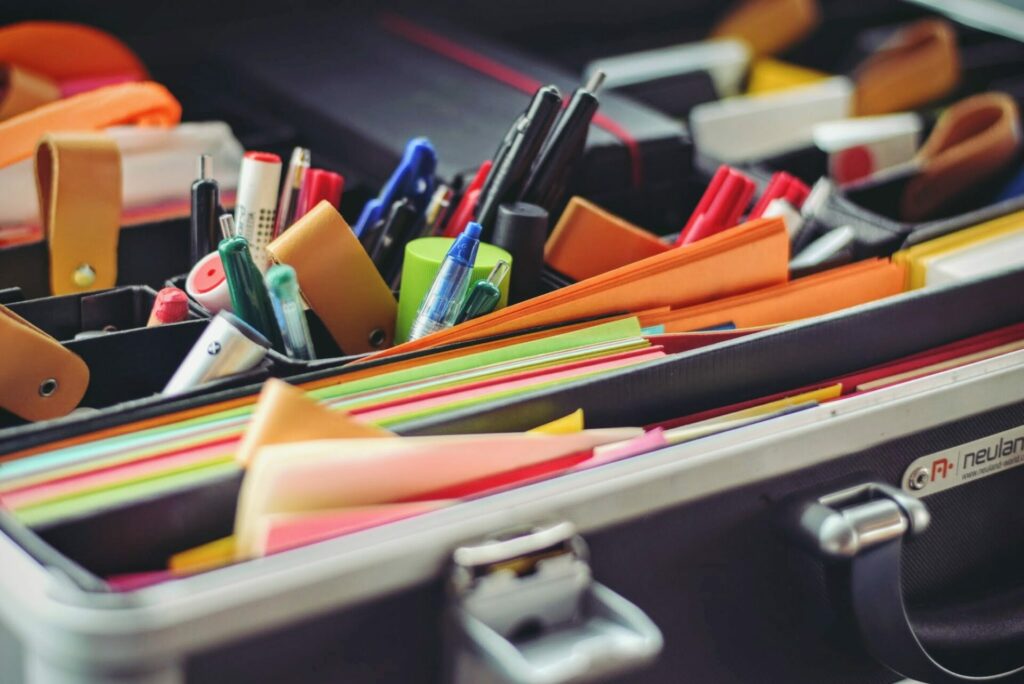
Agenda design tips for a successful workshop
If you are new to designing workshops, the points above will be enough to give you a great start. Next, you might want to browse through some nice-to-have elements to add to your outline. These are all great bits and pieces of a solid design: you don’t need to have them all, but they can give you some extra inspiration and pointers.
Here are some extra agenda design elements that can pave the way for a successful workshop.
Sections to add to your agenda
Besides the general outline of your session detailed in the above section, there are some other sections you can add to your agenda to make sure you have everything you need. These include:
- A checklist of materials. Next to your agenda plan you can add a checklist of things to do (such as preparing a presentation) and to bring. This can make preparation much easier!
- A pre-workshop section where you can note down how you will interact with participants before the session, for example by sending an email (when will you do that?) to help set expectations.
- In the same vein, a section for post-workshop tasks such as sending resources to participants, or asking them for feedback through a questionnaire.
Extra activities to include in your design
Once you have decided what the key activities for your workshop will be, you can take a second look at your design to determine whether you have time and space for some more creative exercises. These can greatly help with engagement, keeping the workshop interesting and the rhythm varied. Here are some things you might consider:
- Adding sections in which you invite participants to get active, or send them outdoors. A bit of movement, including simply stretching during an online session or having a paired discussion while taking a walk, can greatly increase focus and keep the energy flowing.
- Once you are confident in your design, and if your group is large enough, you can include activities that run in parallel for different parts of the group. This could mean, for example, different teams in the same company working on different tasks for a time. In another scenario, you could propose different ways of tackling the same problem (such as collecting ideas on sticky notes, working on a drawing or diagram, and researching inspiration online) and invite participants to choose their preferred task before reconvening.
This type of activity adds complexity to your agenda design but can improve ownership among participants, as you show the flexibility and the respect of enabling different people to work in different ways. - Including in your agenda plan something playful, fun, and colorful, to add some extra zest to the day.
- Adding a 5-minute slot to take a group picture. This works best just before a break. If you are working online, don’t take secret stealth screenshots, but ask participants if they are ok with having a picture taken and invite a smile, or a gesture, or to show something on camera to make the picture more interesting, as online group-photos can be a bit repetitive in style!
How to support improvisation in your agenda
Not only is a good plan useful as a structure upon which to base flexibility and improvisation: you can also find ways to use the design stage to make improvisation easier! Here are three ways you can design flexibility right into your agenda:
- Spend some time considering what could go wrong and adding a Plan B in points of the agenda. If you have an outdoor activity, for example, what will you do if it rains? If you were going to have a very dynamic energizer, what will you do if someone shows up in crutches?
- Add a symbol or note next to any activities you are ok with skipping if there is not enough time (and make sure you agree on this with your co-facilitator or team). Going overtime is a common occurrence so it’s good to be prepared for it.
- Make your agenda spacious. Filling every bit of the plan to the minute is a risky business, as it is likely to put pressure both on you and the participants. Add a bit of buffer time, for example after a break, to allow for the unexpected to emerge. I often have a 20-minute slot towards the end of a workshop in the program dedicated to “discussing whatever has emerged”.
- Have an additional activity noted on the side of your plan, just in case you have extra time instead! This is less likely, but still happens sometimes. Say your group quickly reaches consensus on a certain topic and you have an extra 15 minutes, what could you do in that time?
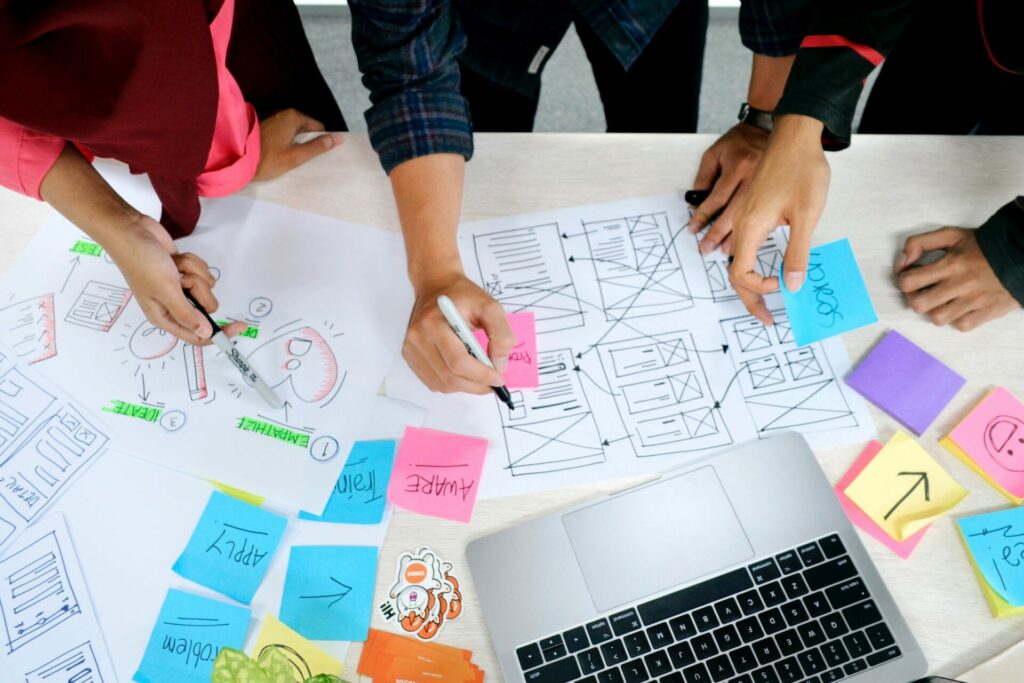
Making your agenda design memorable
Once you have the basics of agenda design clear, and some extra bits added that can help you with planning and engagement, you might still be looking at your design and thinking: what could I change to make this workshop design even more memorable?
Here are 4 tips from my experience and 3 I’ve picked out from shortlisted entries in the innovative template design contest we ran at SessionLab, in collaboration with the NeverDoneBefore community, in April 2023.
Adding activities over lunch/dinner
Add a fun, light activity that still is coherent with the topic of the workshop, to run over lunch/dinner. Whether this is appropriate or not really depends on your group and local culture, and you should be careful not to “force fun” on participants. That said, the right activity can do wonders for networking and group identity, or push participants to delve a bit deeper and build stronger connections.
In an example from my own practice, I recently designed activities to sprinkle some extra participation around a large, rather formal conference on water scarcity. My client asked me for ideas to make the dinner conversation more meaningful, so I added to the plan a bowl of “conversation starters” to be placed upon each table. These contained questions related to the conference topic, some of which went in more personal directions, such as “what is your favorite memory around a lake or river?” and “do you have any stories of scarcity or over-abundance of water to share?”.
There was not set time or instruction, just a playful invitation to pick questions out and share answers around the table. Some groups delved into the game with glee (and later told me they had loved it), others preferred to talk about other things, and that was absolutely fine!
Enabling participants to work autonomously
Providing matrixes and canvases is a great way to get participants to work on their own. Adding activities that have ready-made canvases for participants to fill out is a great way to get groups working together more autonomously, with less need for step-by-step guidance on your part. It does take more preparation on your part, but you will then have materials to reuse next time!
Make room in your design for art and creativity
Creating something material and memorable with participants is a great way to end a workshop day. Add to your design a collaborative painting or poster creation, or involve artists to guide your group to create something beautiful together. I had the opportunity of collaborating with artists in crafting the design for a conference closing event in 2015: the mosaic we made for the community space we were hosted in is still there, making the experience literally unforgettable.
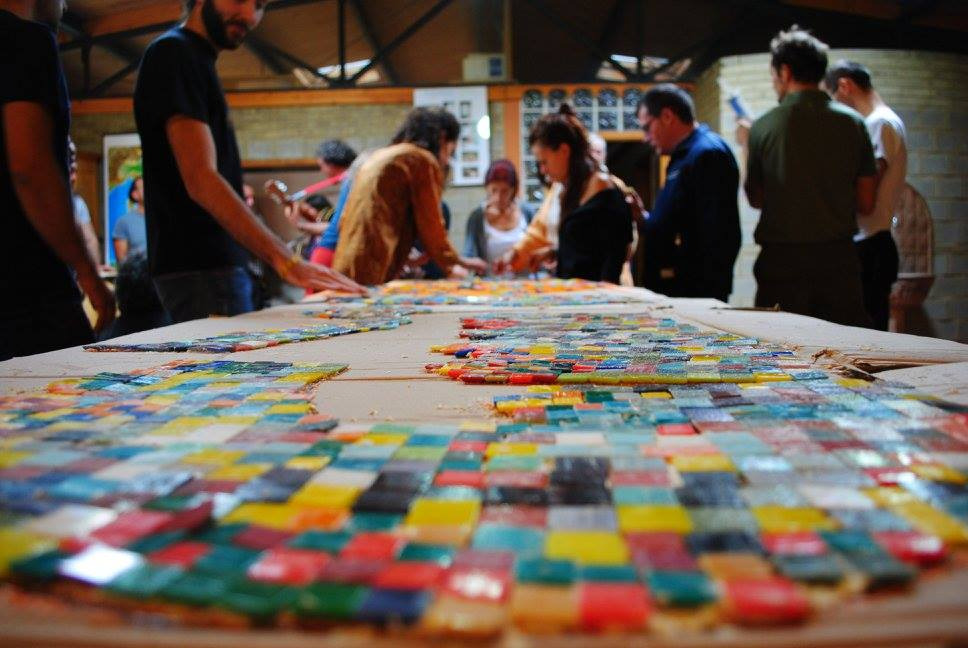
Include something new in your agenda
Does your workshop design feel a bit boring to you? Maybe you’ve done the same things over and over many times? If you are not excited by the design, how can you expect your participants to be? It’s time to add something out of your comfort zone.
Perhaps this could be about presenting information in a different way from what you are used to (use objects in your presentations, or make it more visual!), or about telling a personal story (go for it! It generally works).
On a similar note, how about including in your design an activity you’ve always wanted to experiment with but have not had the opportunity yet? In the SessionLab Community, Marie Dubost opened a discussion on the “method you’ve been dying to try” and I found that knowing what that was, and making a mental note of it, helped me dare be more experimental in my next session design and try including something new!
Innovation in template design
In April 2023, SessionLab and NeverDoneBefore ran an innovative template contest, asking facilitators from around the world to contribute their most creative session designs.
Looking through the entries (the winners are now published in SessionLab’s template collection, where you can find many more ideas and examples of great agendas) I picked out three elements that are easy to integrate in your sessions:
Combine online and in-person activities
Make your workshop design blended by adding things to do online before and/or after, if the session is to be held in person, or things to be done in person if the workshop is online. Adding a bit of online work to an in-person workshop design might mean for example sending a video introduction to watch, or adding personal information to an online whiteboard to start getting to know one another with the other participants.
In the template for her Shared Book Insights Workshop, which won the most Innovative Workshop Design award, facilitator Carolyn Keesh distributes pre-workshop packages to everyone (including a snack!) with book chapters to read, so the time spent together is used to work collaboratively on sharing insights.
Use music!
Numerous entries including Perle Laouenan-Catchpole’s template, which won the “Best Use of SessionLab” award, included playlists in their plans, with music picked to suit the mood. Online, it’s easy to share sound from your device and use this to signal, for example, the end of an activity or break. In person, consider adding a bluetooth speaker to your facilitation toolkit.
Make your workshops multi-sensory
Include activities that use other senses as well! Winner of the Community Choice award Sara Huang entered the competition with an entire session design around scent and associations among feelings and smells. How could you integrate smell, taste, and touch into your design?
In closing – how to start
I hope this article has given you the confidence you need to start designing your next session agenda or to improve your next meeting or workshop. Here are four ideas that can help you begin:
- Braindump all your ideas on sticky notes, pick one or two that you really like, and design around them.
- Print out and use this canvas to put your ideas in order.

- Use existing templates as a guideline. Check out our library of templates to find inspiration and see what agenda sessions look like in practice! Some templates are marked as “essential”, these are basic structures you can easily duplicate to start adding your own content. Workshops are a great place to look, though you might also find meeting agenda templates useful to explore!
- Share your designs and any questions in our friendly Community space, and keep your eye out for the next template design events and competitions!
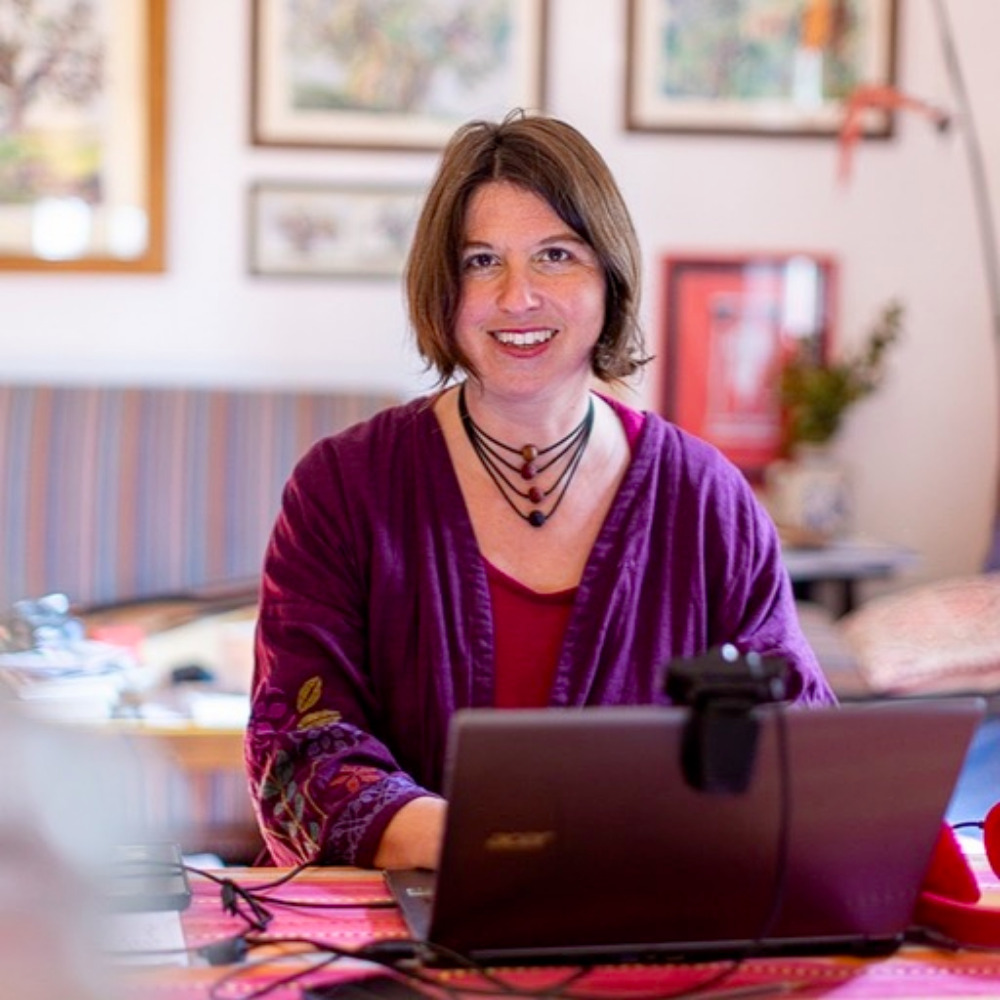



Leave a Comment